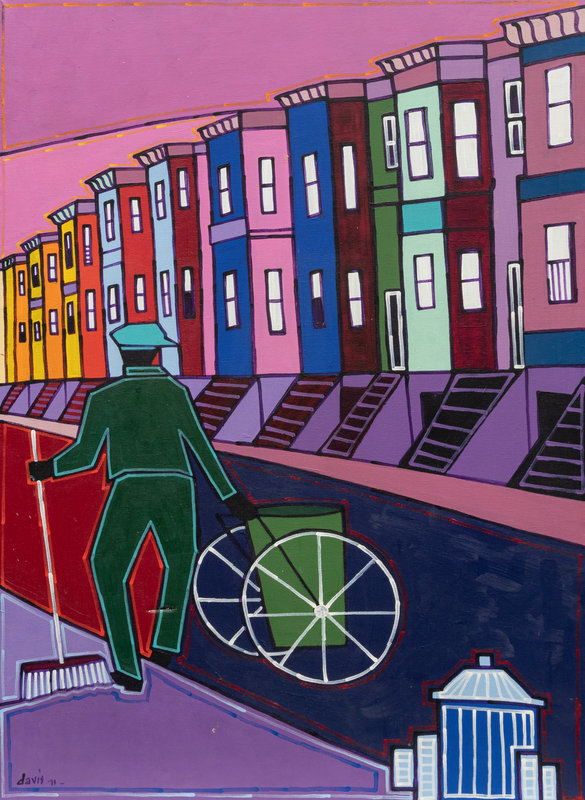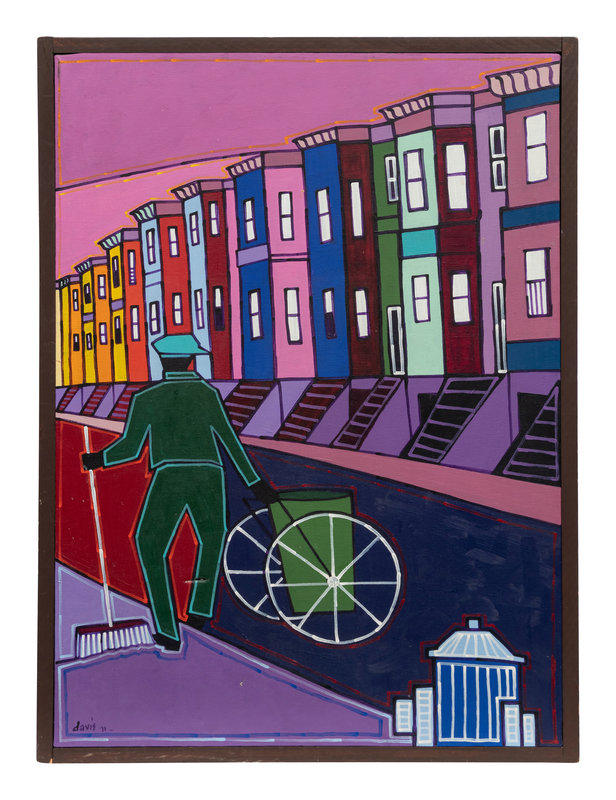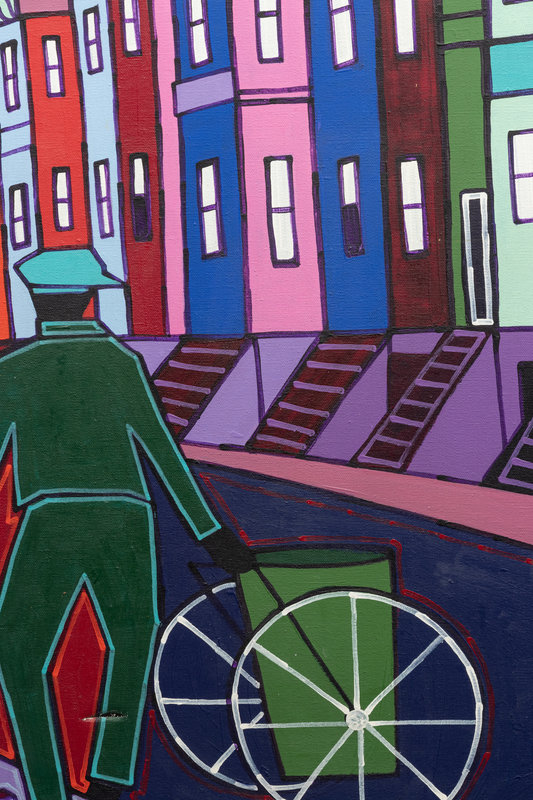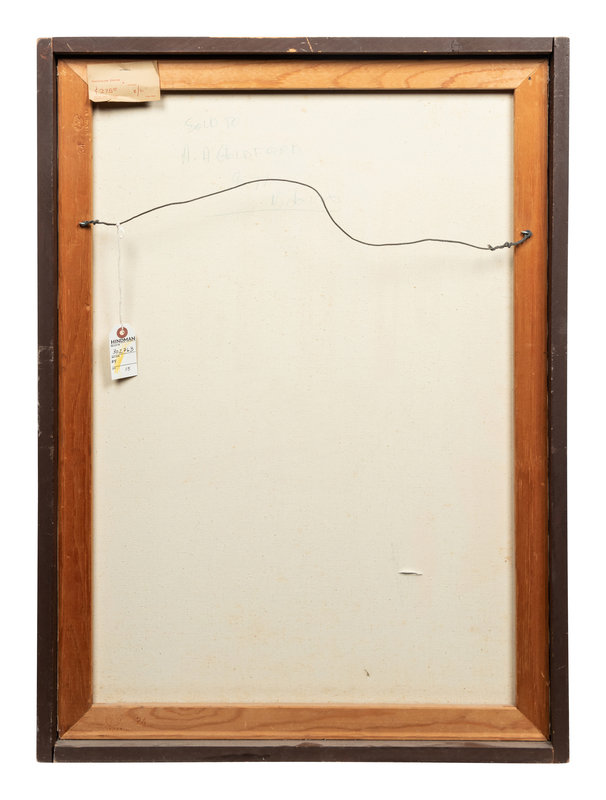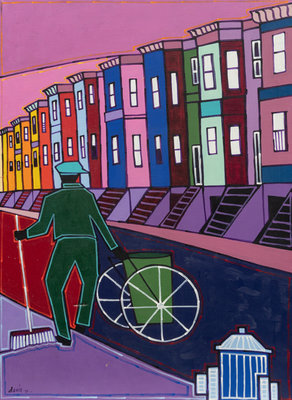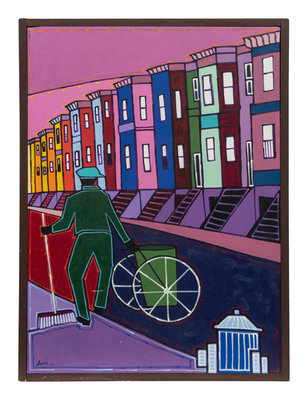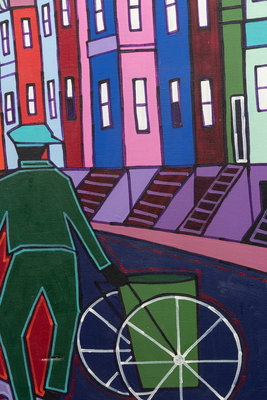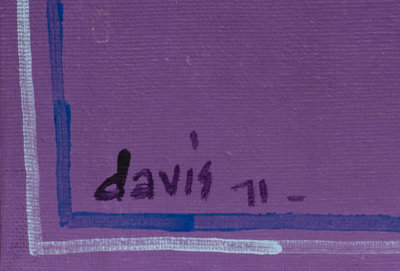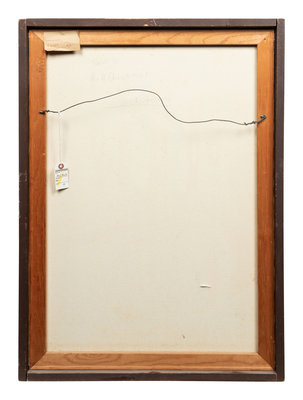Condition Report
Contact Information
Auction Specialist
Lot 1
Nicholas Davis
(American, b. 1937)
Untitled (Street Sweeper in Harlem)
, 1971
Sale 1114 - Post-War & Contemporary Art
Dec 14, 2022
10:00AM CT
Live / Chicago
Own a similar item?
Estimate
$5,000 -
7,000
Price Realized
$3,125
Sold prices are inclusive of Buyer’s Premium
Lot Description
Nicholas Davis
signed Davis and dated (lower left); signed (verso)
33 7/8 x 24 inches.
This lot is located in Chicago.
(American, b. 1937)
Untitled (Street Sweeper in Harlem)
, 1971oil on canvas
signed Davis and dated (lower left); signed (verso)
33 7/8 x 24 inches.
This lot is located in Chicago.
